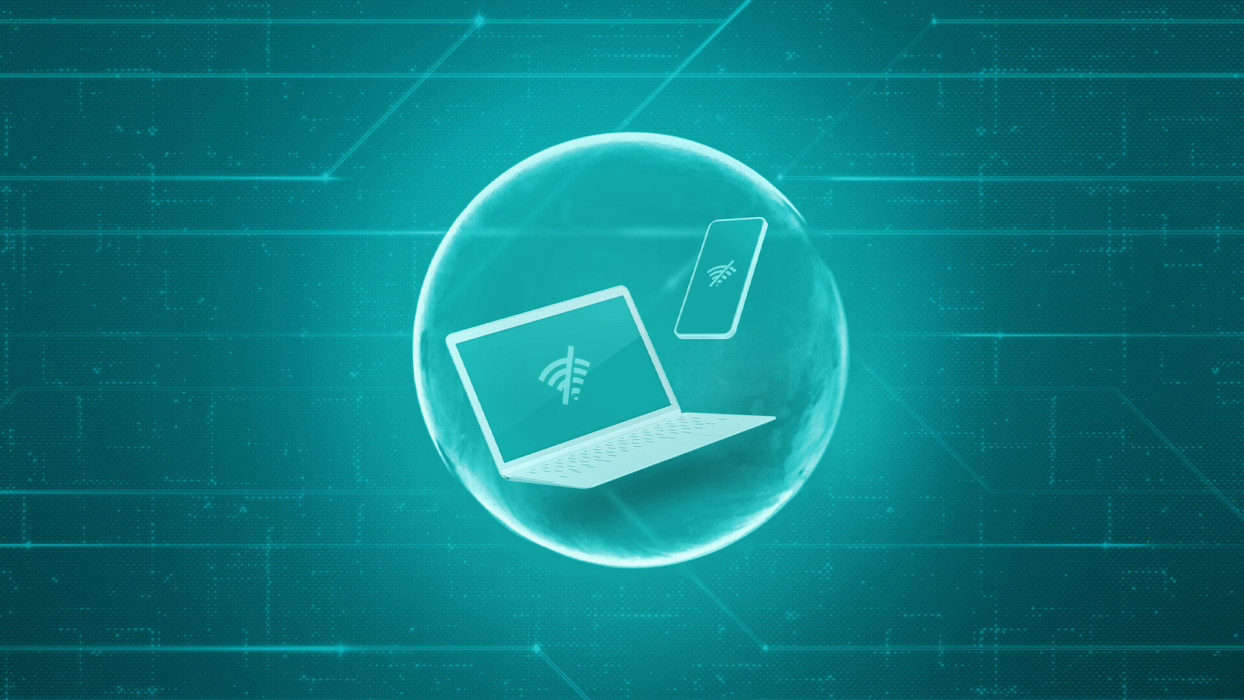Not every computer problem is due to a war in Ukraine, or the failure of the power grid in Texas. But let’s say your network access gets shut off from the rest of the world due to a catastrophic event. Whether it is an armed conflict, a decision of an authoritarian regime, an incident affecting undersea internet cables, or your connection is just squeezed to a trickle by overzealous network restriction and power grid issues; how secure will you be (and for how long)?
It used to be your computers functioned fine in standalone mode; now they continually beacon to the cloud. But what if the cloud gets shut off: are they so hamstrung that you’ll no longer be secure?
At first, you probably wouldn’t notice any change in local applications and the operating system. You’d definitely notice cloud-only apps in the browser, but eventually, all the silent computer updates that hum along in the background will catch up with you, and stuff will start to break.
First, cloud backups wouldn’t be happening unless perhaps they were inside your remaining zone of internet access. But also your security would continually weaken and you’d become increasingly vulnerable as your applications and operating system fell further behind from their updates.
The exposure would not be linear. Basically, some tech (like ours) wouldn’t respond in the same manner as in a standalone environment as software that’s more critically linked to the cloud, like Windows.
So, what if a natural or man-made disaster pulls the plug on your internet access? How would you – and your computer running Windows and all manner of software – handle the disruption? How would ESET’s own software do in the same context?
In the (conveniently printable) paper, we posit these kinds of questions with ESET Distinguished Researcher and Windows expert Aryeh Goretsky.
If you’re more of an ‘audio person’, a version of this conversation is also available as a podcast below.
Happy reading/listening!







